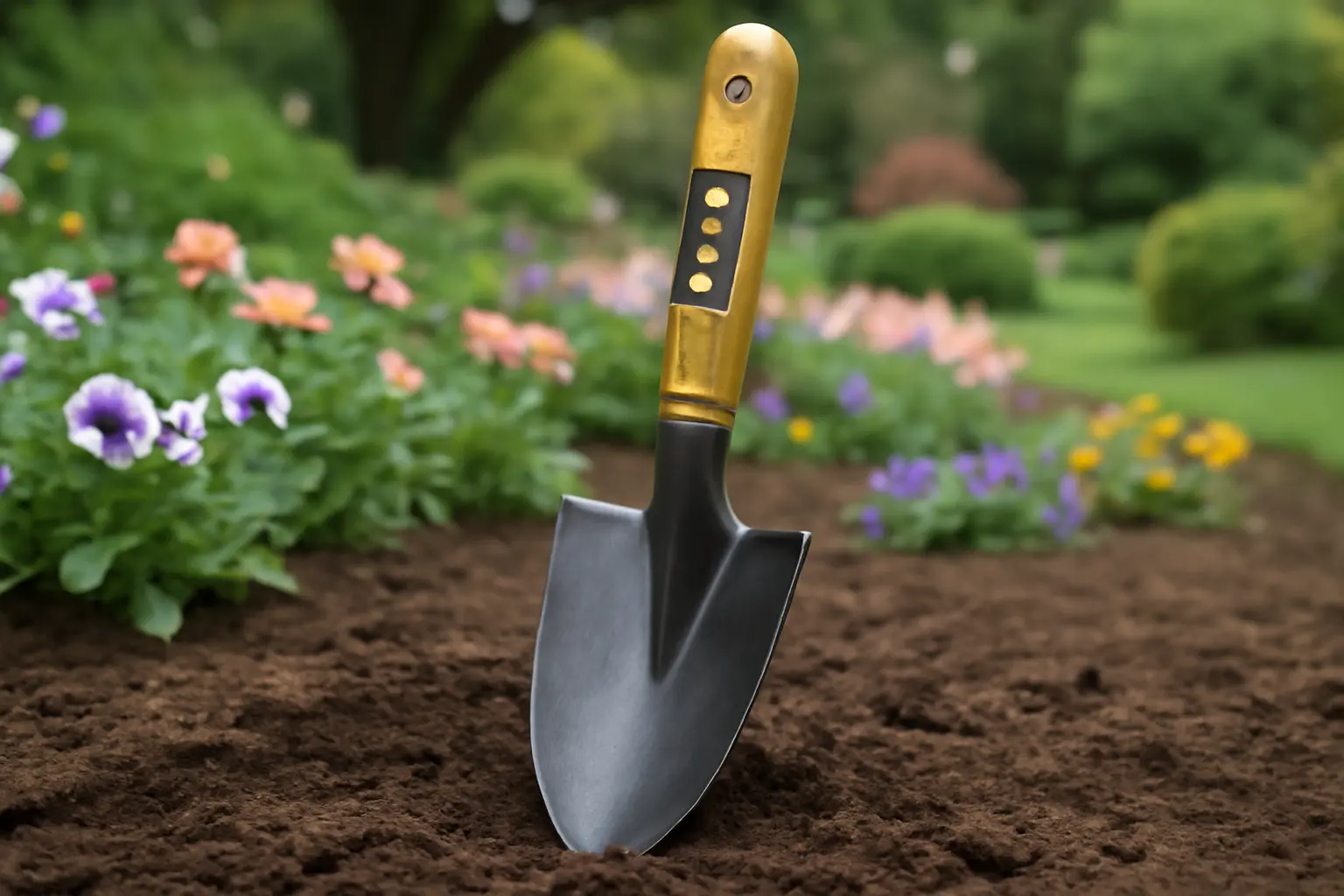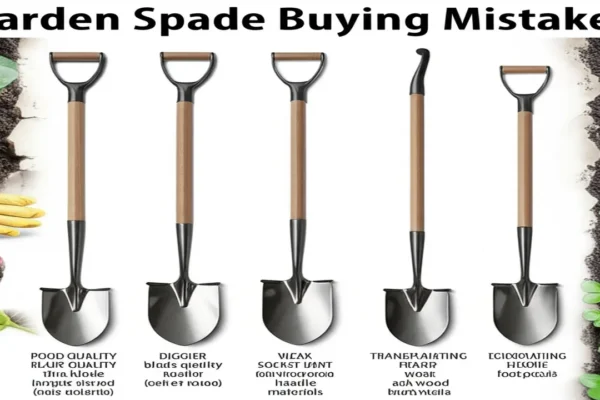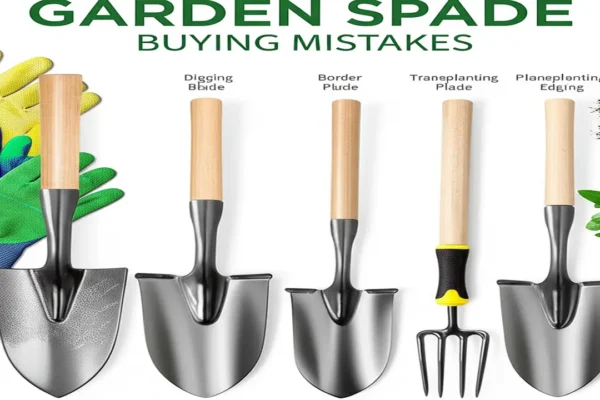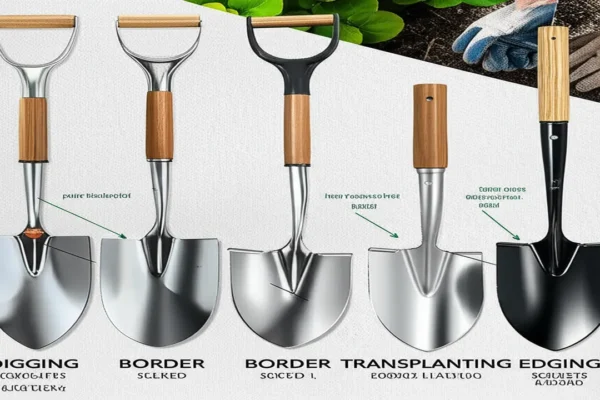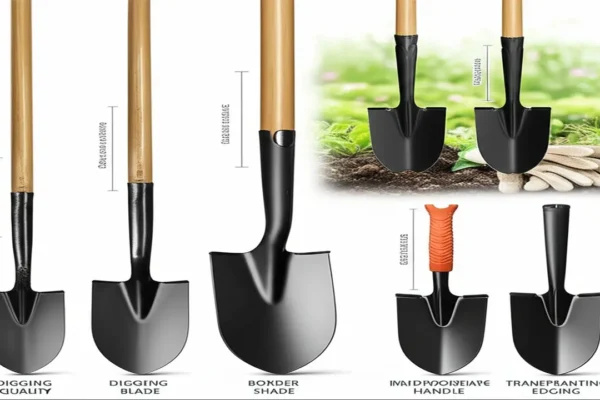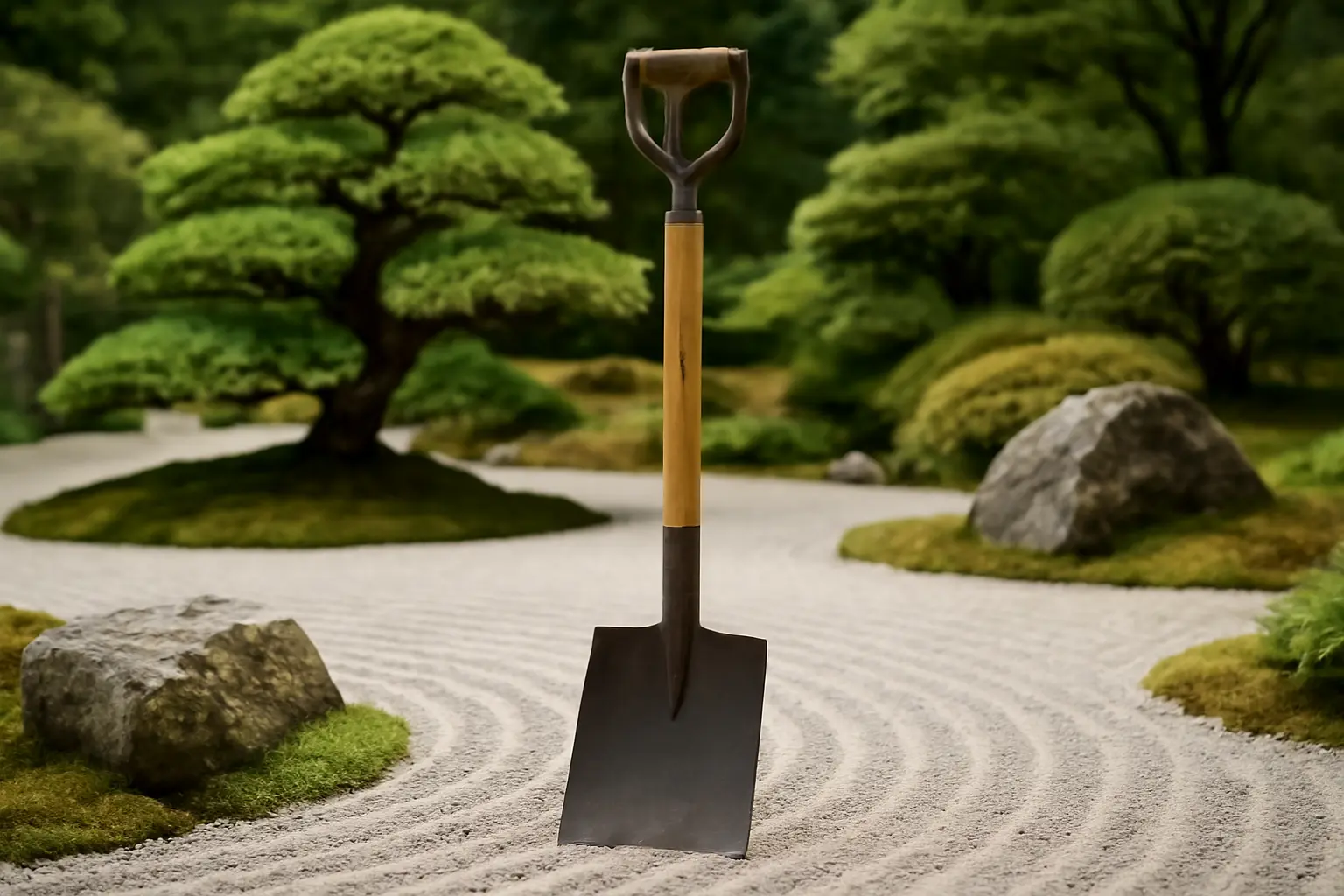
1. What Are Japanese Garden Spades?
Ergonomics also play a vital role in the design of Japanese garden spades. Their wooden handles are carefully shaped to fit comfortably in the hand, providing excellent control and reducing fatigue during prolonged gardening sessions. The smooth finish and balanced weight distribution contribute to a natural handling experience that distinguishes these spades from more conventional gardening tools.
For example, a gardener working in a compact urban garden will benefit from the combination of robustness and maneuverability found in these spades. Such tools enable delicate operations such as transplanting seedlings or breaking up compacted soil in tight spots where precision is paramount. In 2025, understanding these features is essential for gardeners seeking both effectiveness and a traditional craftsmanship experience in their garden tools.
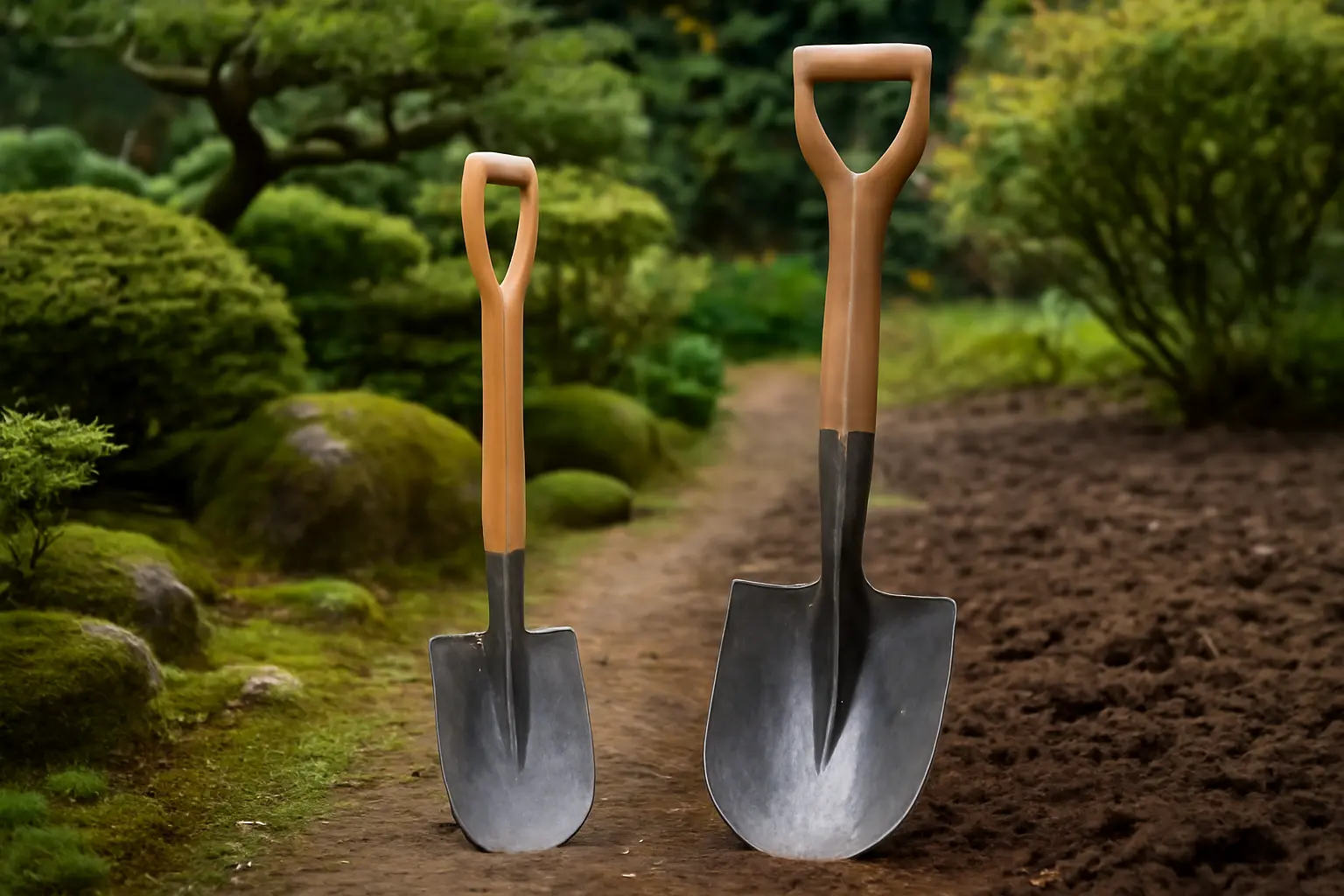
2. How Do Japanese Garden Spades Compare to Western Spades?
Key differences include:
– Steel Quality: Japanese garden spades use harder, high-carbon steel enhancing durability and sharpness, while Western spades commonly use softer steel for flexibility.
– Blade Shape: Japanese blades are narrower and sometimes curved, ideal for detailed garden work; Western blades are broader and flat for moving larger amounts of soil.
– Size & Weight: Japanese models are compact and lightweight, improving control in tight spaces; Western spades prioritize muscle power and soil penetration.
– Handle Materials: Japanese spades often have wooden handles optimized for comfort and precision; Western spades might use sturdier materials like reinforced fiberglass or metal.
In practical use, Japanese spades shine in tasks requiring a delicate touch, such as dividing perennials or cultivating around roots without damage. Their precise blades minimize soil disruption, unlike Western spades which excel when power and volume are prioritized, such as digging trenches or breaking new ground.
Choosing a Japanese garden spade in 2025 means opting for tools that blend craftsmanship with specialized performance, perfectly suited for gardeners focused on meticulous care and detailed landscaping.
3. Types of Japanese Garden Spades and Related Tools
When choosing these tools, care should be given to reputable manufacturers such as Tomita Nisaku, renowned for traditional craftsmanship and durable steel quality that withstands rigorous use. These brands consistently deliver garden spades combining ergonomic design with sharpness and strength, which helps gardeners handle various soil types and plant roots with less effort.
Practical use cases include:
– Hori Hori knives for versatile cutting and digging operations in flower beds or vegetable plots
– Nejiri Gama hoes for precise weeding between shrubs and delicate plants
Prioritizing branded tools like those from Tomita Nisaku in 2025 ensures longevity and performance, aligning with sustainable gardening needs and refined garden care techniques. This knowledge supports gardeners in selecting the right Japanese garden spade to enhance their garden’s health and appearance effectively.
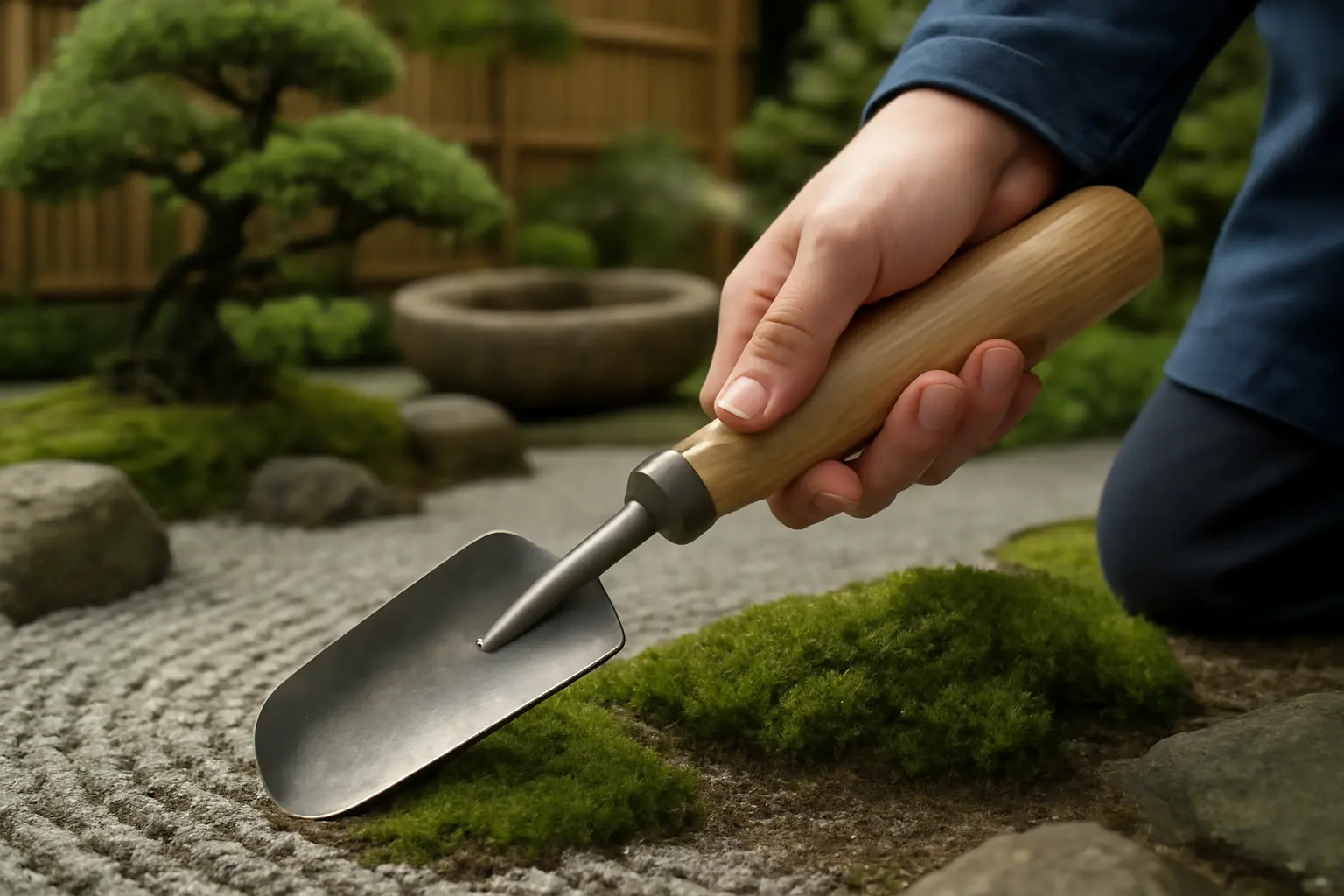
4. Applications and Care of Japanese Garden Spades
Maintaining Japanese garden spades is crucial for longevity and peak performance. Regular sharpening with a fine file or whetstone keeps blades crisp, improving cutting efficiency and reducing physical effort. Rust prevention is equally important; after use, cleaning and thoroughly drying the spade prevents corrosion. Applying a thin coat of light oil creates a protective barrier against moisture.
Ensuring these routine care steps not only extends the tool’s life but enhances reliability in demanding gardening conditions. Investing a small amount of time in maintenance translates to smoother digging experiences and better results across diverse landscaping projects in 2025 and beyond.
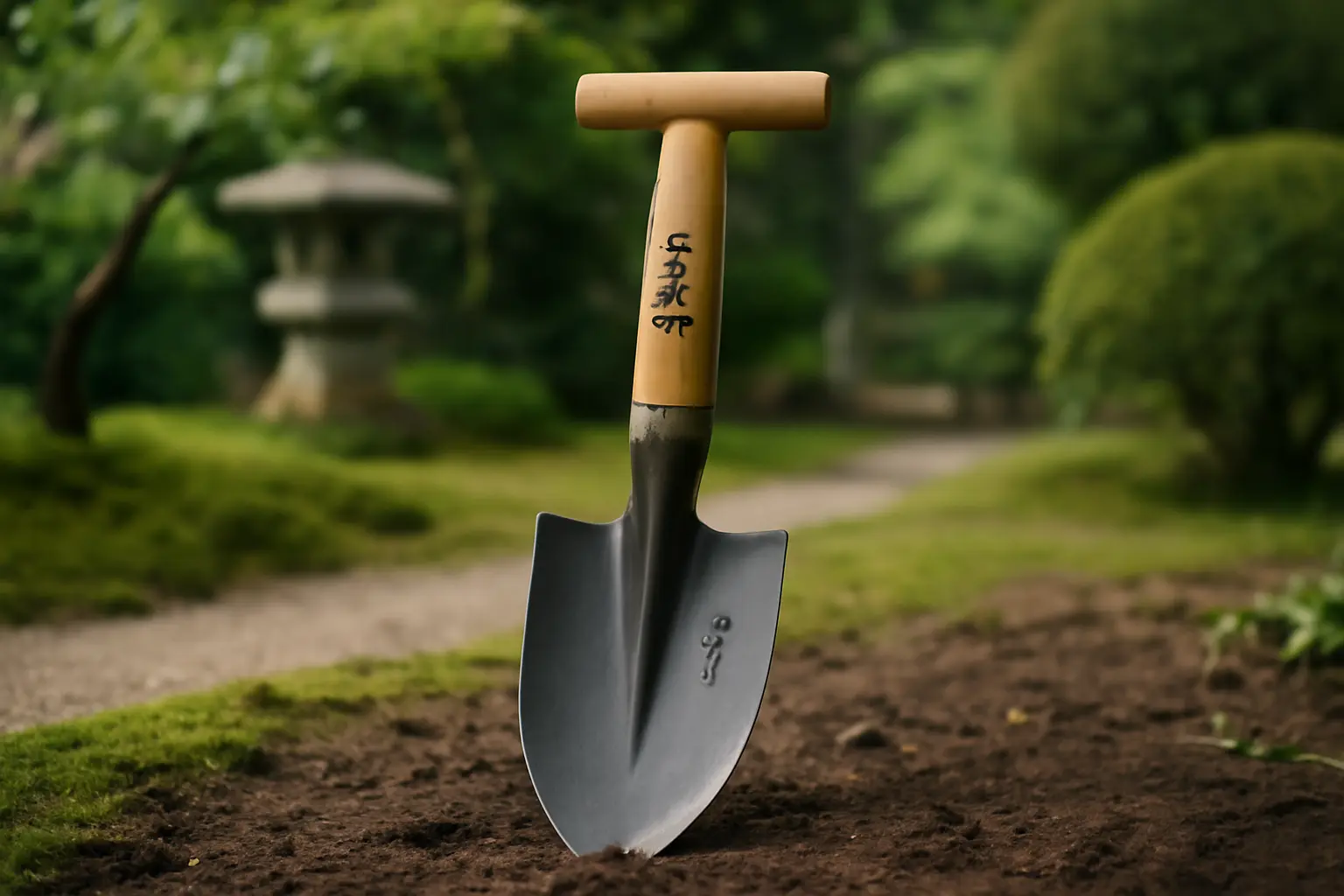
5. Where and How to Buy Authentic Japanese Garden Spades
Reliable sources for authentic Japanese garden spades include specialized gardening tool retailers and reputable online platforms that focus on Japanese craftsmanship. Examples include sites directly associated with traditional Japanese tool makers or established horticultural suppliers known for quality assurance.
Key features to verify during purchase:
– Forging method: Authentic spades are typically hand-forged or use skilled labor combining old methods with modern precision.
– Steel type: High-carbon steel or specific Japanese steel like Shirogami or Aogami is a marker of authenticity.
– Handle quality: Traditional Japanese spades often use high-quality hardwood handles ergonomically designed for comfort and durability.
Avoid suspiciously cheap offers or products lacking detailed descriptions about their manufacturing process. Prioritize transparency from sellers, including information on forging origin and material specifications, to ensure investment in a genuine Japanese garden spade that offers reliable performance for years.
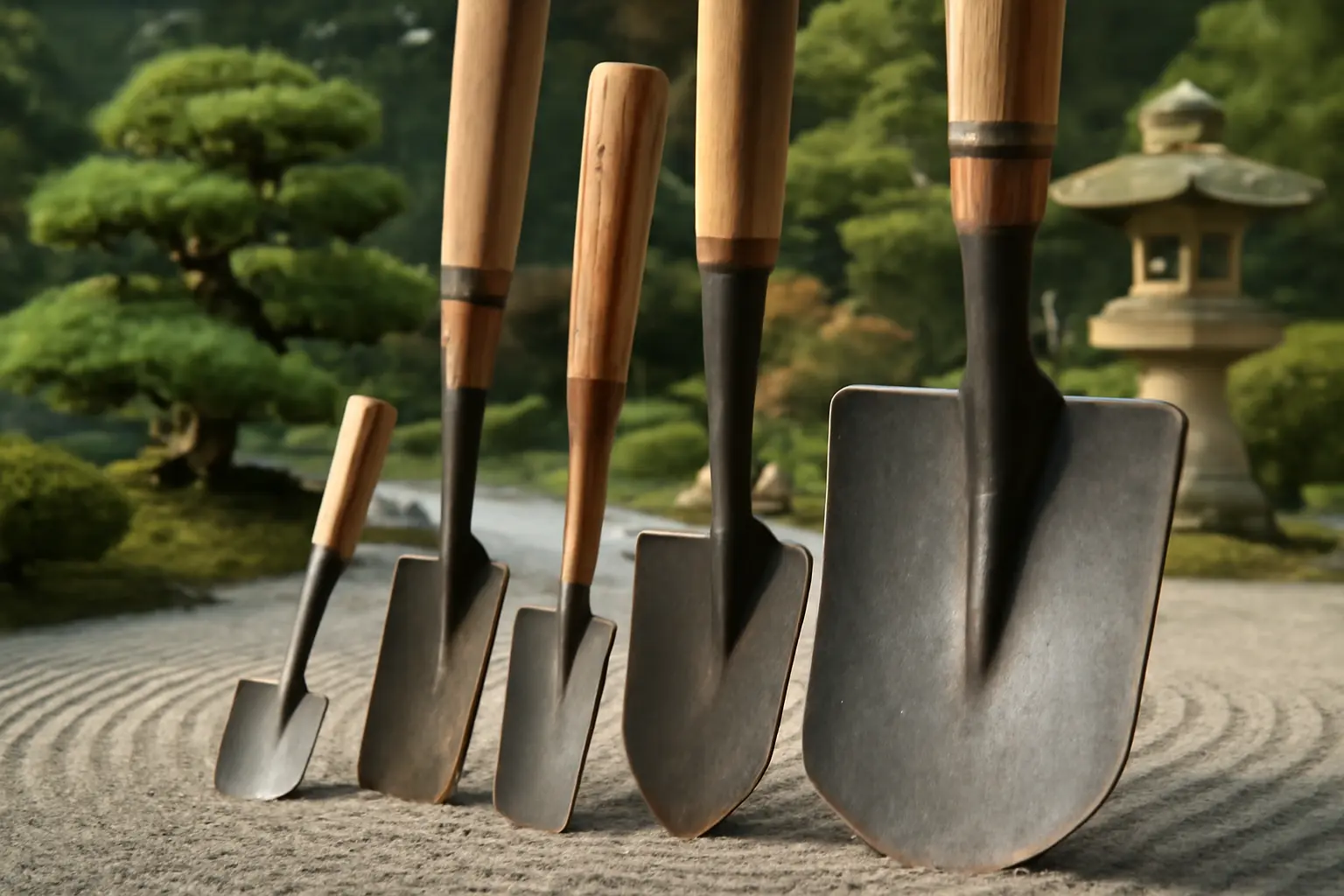
6. Cultural Significance and Craftsmanship Behind Japanese Garden Spades
This craftsmanship influences user experience profoundly. Gardeners appreciate the thoughtful weight distribution and ergonomic handles, designed to reduce strain during delicate soil work. The aesthetic simplicity mirrors the Zen principles embedded in Japanese gardening, promoting mindfulness and care with every use.
By connecting age-old methods to modern needs, Japanese garden spades offer tools that are not only robust but also culturally meaningful. Users benefit from products that perform reliably over time while honoring a rich tradition of toolmaking excellence.
7. Visual Comparisons and Illustrations
Illustrations play a crucial role here by showing side-by-side blade shapes, handle curvature, and joining techniques. For example, a visual could depict how a Japanese spade’s subtle blade taper aids in root work or border edging, while Western spades excel when digging large holes or transplanting.
Use case scenarios further clarify the appropriate contexts for each spade type. Gardeners focusing on detailed landscaping, bonsai care, or delicate soil aeration benefit from Japanese spades. In contrast, Western spades better fit large-scale gardening or construction tasks where strength over finesse is required. These visuals and detailed comparisons empower gardeners to make informed choices based on their specific gardening needs and ergonomics preferences in the current year.

